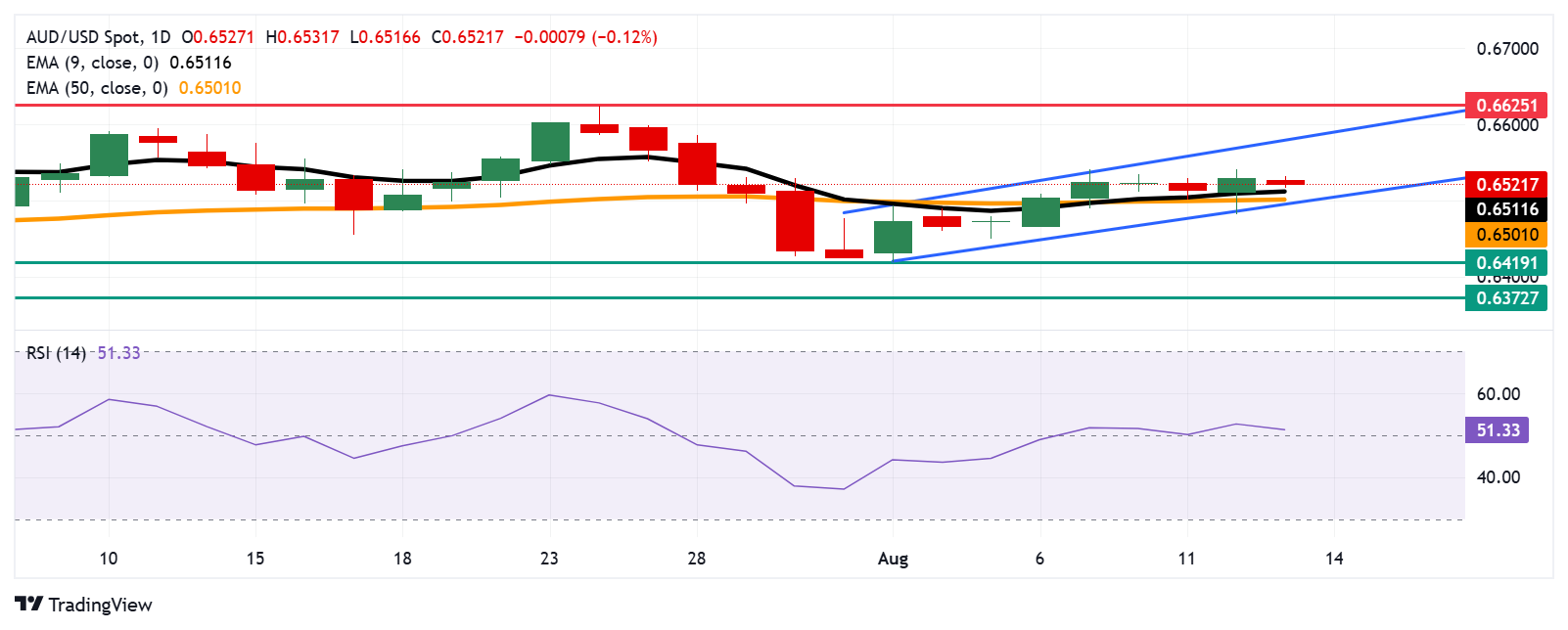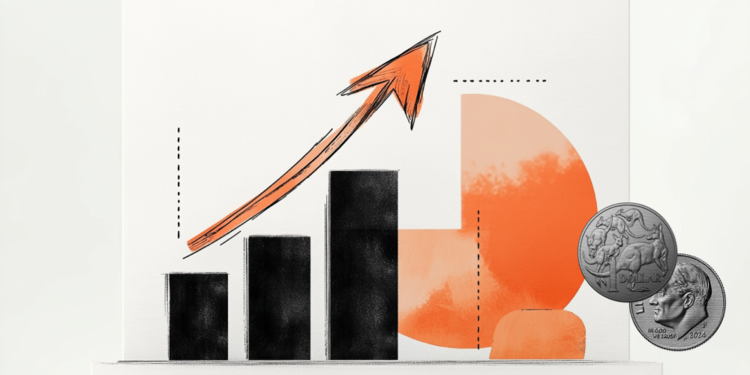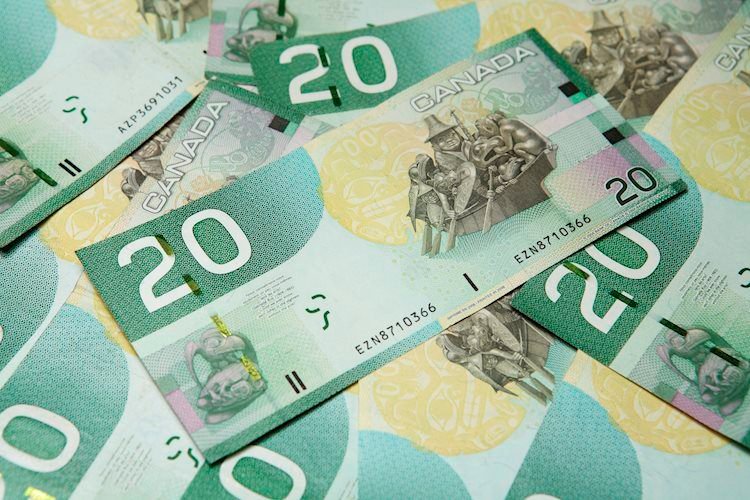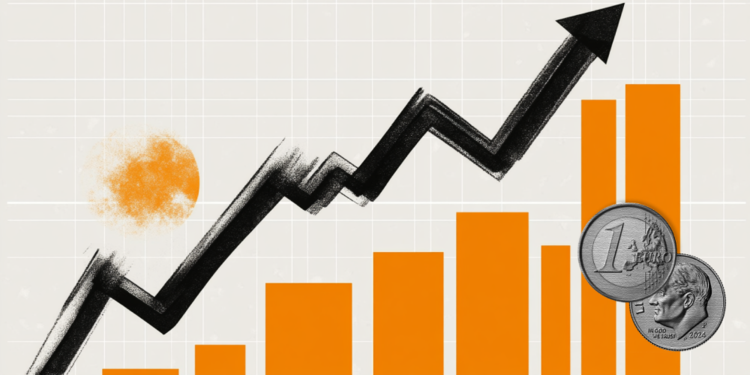- The Australian Dollar holds ground as the US Dollar maintains its position after posting nearly 0.5% recently.
- Australia’s Wage Price Index rose 0.8% QoQ, as expected.
- The US Consumer Price Index rose 2.7% YoY, while the annual core CPI climbed by 3.1% in July.
The Australian Dollar (AUD) moves little on Wednesday after registering gains in the previous session. The AUD/USD pair remains subdued following the release of Wage Price Index data for the second quarter. The Aussie Dollar faced challenges after the Reserve Bank of Australia (RBA) cut rates for the third time in 2025, indicating easing inflation and modest cooling in labor market conditions.
Australia’s Wage Price Index rose 0.8% quarter-over-quarter in the second quarter, as expected. The reading came below the previous 0.9% increase. Meanwhile, the annual reading came at a 3.4% increase, above the expected 3.3% rise.
The RBA delivered a 25 basis points (bps) interest rate cut, as widely expected, bringing the Official Cash Rate (OCR) to 3.6% from 3.85% in August. RBA Governor Michele Bullock stated that current forecasts suggest cash rates may need to be reduced to ensure price stability. However, Bullock emphasized the Board’s meeting-by-meeting approach and refrained from making any commitments on rate moves should financial markets experience a bout of volatility.
The downside of the AUD/USD pair could be restrained as the US Dollar (USD) weakened after the release of mixed Consumer Price Index (CPI) data from the United States (US). The AUD also draws support as the Trump administration postponed the implementation of sweeping tariffs on China for an additional 90 days, just hours before the previous agreement between the world’s two largest economies was set to expire.
China also decided to suspend additional tariffs on US goods for the same period, following Trump’s executive order extending the tariff truce. It is essential to note that any changes in the Chinese economy could impact the Australian Dollar, as China and Australia are close trade partners.
US Treasury Secretary Scott Bessent said early Wednesday that US and Chinese trade officials will meet again within the next two to three months to discuss the future of their economic ties. “The US would need to see sustained progress on curbing fentanyl flows from China, potentially over months or even a year, before considering tariff reductions,” Bessent said.
Australian Dollar advances as US Dollar extends losses on dovish Fed
- The US Dollar Index (DXY), which measures the value of the US Dollar against six major currencies, is holding ground after registering nearly 0.5% losses in the previous session and trading around 98.10 at the time of writing.
- The US Consumer Price Index (CPI) climbed 2.7% year-over-year in July, matching the 2.7% increase seen in the prior month, and came in below the expected 2.8% increase. Meanwhile, the annual core CPI rose by 3.1% in July, compared to the 2.9% rise seen in June, above the market consensus of 3%.
- Markets are now pricing in approximately 94% odds of a Fed rate cut at the September meeting, up from 86% a day ago, according to the CME FedWatch tool.
- Fed Governor Michelle Bowman stated on Saturday that three interest rate cuts are likely to be appropriate this year. Bowman added that the apparent weakening in the labor market outweighs the risks of higher inflation to come.
- Federal Reserve Bank of San Francisco President Mary Daly said last week that the Fed still has some ground to cover on its fight with inflation pressures despite overall progress. Daly highlighted that the Fed may be forced to act soon without having the full picture.
- Boston Fed President Susan Collins and Fed Board of Governors member Lisa Cook cautioned that persistent uncertainty remains a major obstacle to effective policy transmission and challenges the central bank’s ability to manage interest rates efficiently.
- The National Bureau of Statistics of China reported on Saturday that China’s Consumer Price Index (CPI) year-over-year was unchanged in July following a 0.1% increase in June. The figure came in above the market consensus of -0.1%. Meanwhile, the Producer Price Index (PPI) declined 3.6% YoY, against the expected decline of 3.3% and the previous 3.6% decline.
- The RBA’s monetary policy statement noted that inflation has continued to moderate. The outlook remains uncertain. It reaffirmed that maintaining price stability and full employment remains the top priority.
Australian Dollar pulls back toward nine-day EMA support near 0.6500
AUD/USD is trading around 0.6520 on Wednesday. Technical analysis on the daily chart suggests a prevailing bullish bias as the pair remains within the ascending channel pattern. Additionally, the pair is still remaining above the nine-day Exponential Moving Average (EMA), signaling that short-term momentum is strengthening. The 14-day Relative Strength Index (RSI) is positioned at the 50 level, suggesting a neutral market bias. Further movement will indicate a clear directional trend.
On the upside, the AUD/USD pair may target the upper boundary of the ascending channel around 0.6580. A successful breach above the channel could reinforce the bullish bias and support the pair to explore the area around the psychological level of 0.6600, followed by the nine-month high at 0.6625, which was recorded on July 24.
The AUD/USD pair could test its immediate support at the nine-day EMA of 0.6511, followed by the 50-day EMA at 0.6501 and the ascending channel’s lower boundary around 0.6490. A break below this crucial support zone would weaken the short- and medium-term price momentum and put downward pressure on the pair to test the two-month low of 0.6419, recorded on August 1, followed by a three-month low at 0.6372, recorded on June 23.
AUD/USD: Daily Chart

Australian Dollar PRICE Today
The table below shows the percentage change of Australian Dollar (AUD) against listed major currencies today. Australian Dollar was the strongest against the US Dollar.
| USD | EUR | GBP | JPY | CAD | AUD | NZD | CHF | |
|---|---|---|---|---|---|---|---|---|
| USD | -0.12% | -0.10% | -0.03% | -0.02% | -0.20% | -0.29% | -0.06% | |
| EUR | 0.12% | 0.08% | 0.07% | 0.08% | -0.07% | -0.17% | 0.06% | |
| GBP | 0.10% | -0.08% | 0.04% | 0.00% | -0.15% | -0.15% | 0.00% | |
| JPY | 0.03% | -0.07% | -0.04% | -0.02% | -0.20% | -0.27% | -0.06% | |
| CAD | 0.02% | -0.08% | -0.01% | 0.02% | -0.20% | -0.22% | -0.01% | |
| AUD | 0.20% | 0.07% | 0.15% | 0.20% | 0.20% | -0.10% | 0.13% | |
| NZD | 0.29% | 0.17% | 0.15% | 0.27% | 0.22% | 0.10% | 0.25% | |
| CHF | 0.06% | -0.06% | -0.01% | 0.06% | 0.00% | -0.13% | -0.25% |
The heat map shows percentage changes of major currencies against each other. The base currency is picked from the left column, while the quote currency is picked from the top row. For example, if you pick the Australian Dollar from the left column and move along the horizontal line to the US Dollar, the percentage change displayed in the box will represent AUD (base)/USD (quote).
Australian Dollar FAQs
One of the most significant factors for the Australian Dollar (AUD) is the level of interest rates set by the Reserve Bank of Australia (RBA). Because Australia is a resource-rich country another key driver is the price of its biggest export, Iron Ore. The health of the Chinese economy, its largest trading partner, is a factor, as well as inflation in Australia, its growth rate and Trade Balance. Market sentiment – whether investors are taking on more risky assets (risk-on) or seeking safe-havens (risk-off) – is also a factor, with risk-on positive for AUD.
The Reserve Bank of Australia (RBA) influences the Australian Dollar (AUD) by setting the level of interest rates that Australian banks can lend to each other. This influences the level of interest rates in the economy as a whole. The main goal of the RBA is to maintain a stable inflation rate of 2-3% by adjusting interest rates up or down. Relatively high interest rates compared to other major central banks support the AUD, and the opposite for relatively low. The RBA can also use quantitative easing and tightening to influence credit conditions, with the former AUD-negative and the latter AUD-positive.
China is Australia’s largest trading partner so the health of the Chinese economy is a major influence on the value of the Australian Dollar (AUD). When the Chinese economy is doing well it purchases more raw materials, goods and services from Australia, lifting demand for the AUD, and pushing up its value. The opposite is the case when the Chinese economy is not growing as fast as expected. Positive or negative surprises in Chinese growth data, therefore, often have a direct impact on the Australian Dollar and its pairs.
Iron Ore is Australia’s largest export, accounting for $118 billion a year according to data from 2021, with China as its primary destination. The price of Iron Ore, therefore, can be a driver of the Australian Dollar. Generally, if the price of Iron Ore rises, AUD also goes up, as aggregate demand for the currency increases. The opposite is the case if the price of Iron Ore falls. Higher Iron Ore prices also tend to result in a greater likelihood of a positive Trade Balance for Australia, which is also positive of the AUD.
The Trade Balance, which is the difference between what a country earns from its exports versus what it pays for its imports, is another factor that can influence the value of the Australian Dollar. If Australia produces highly sought after exports, then its currency will gain in value purely from the surplus demand created from foreign buyers seeking to purchase its exports versus what it spends to purchase imports. Therefore, a positive net Trade Balance strengthens the AUD, with the opposite effect if the Trade Balance is negative.






